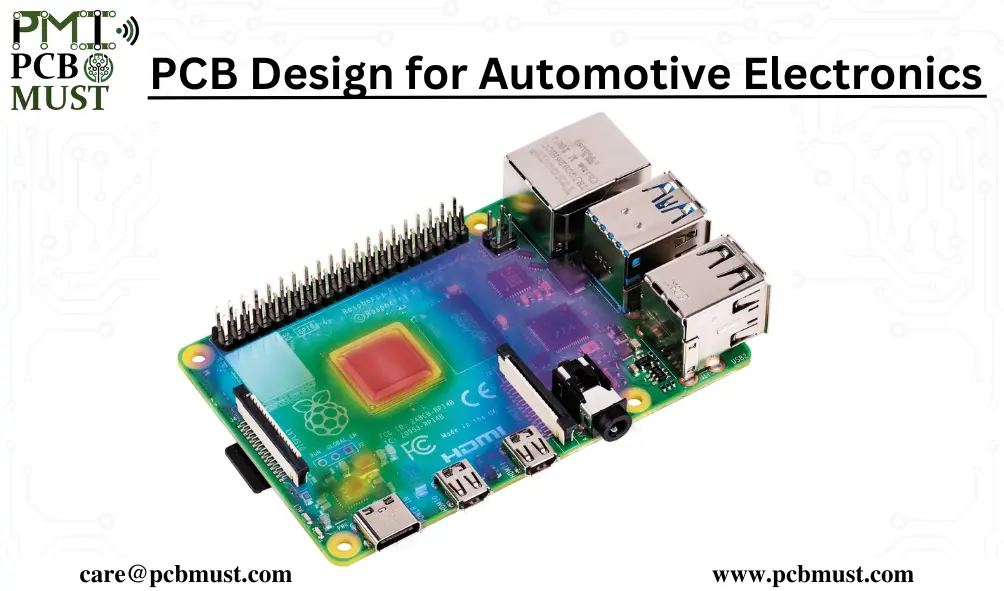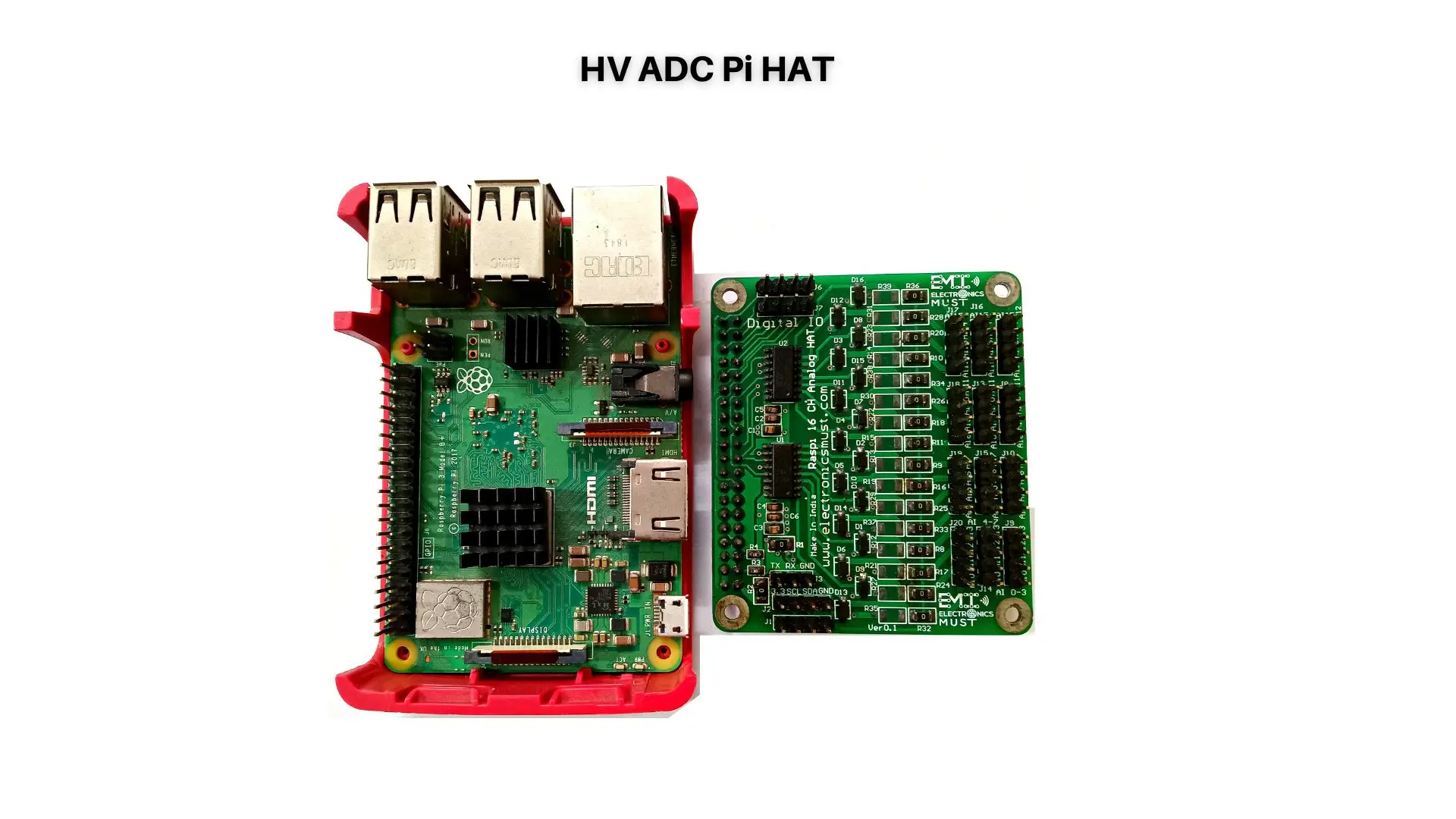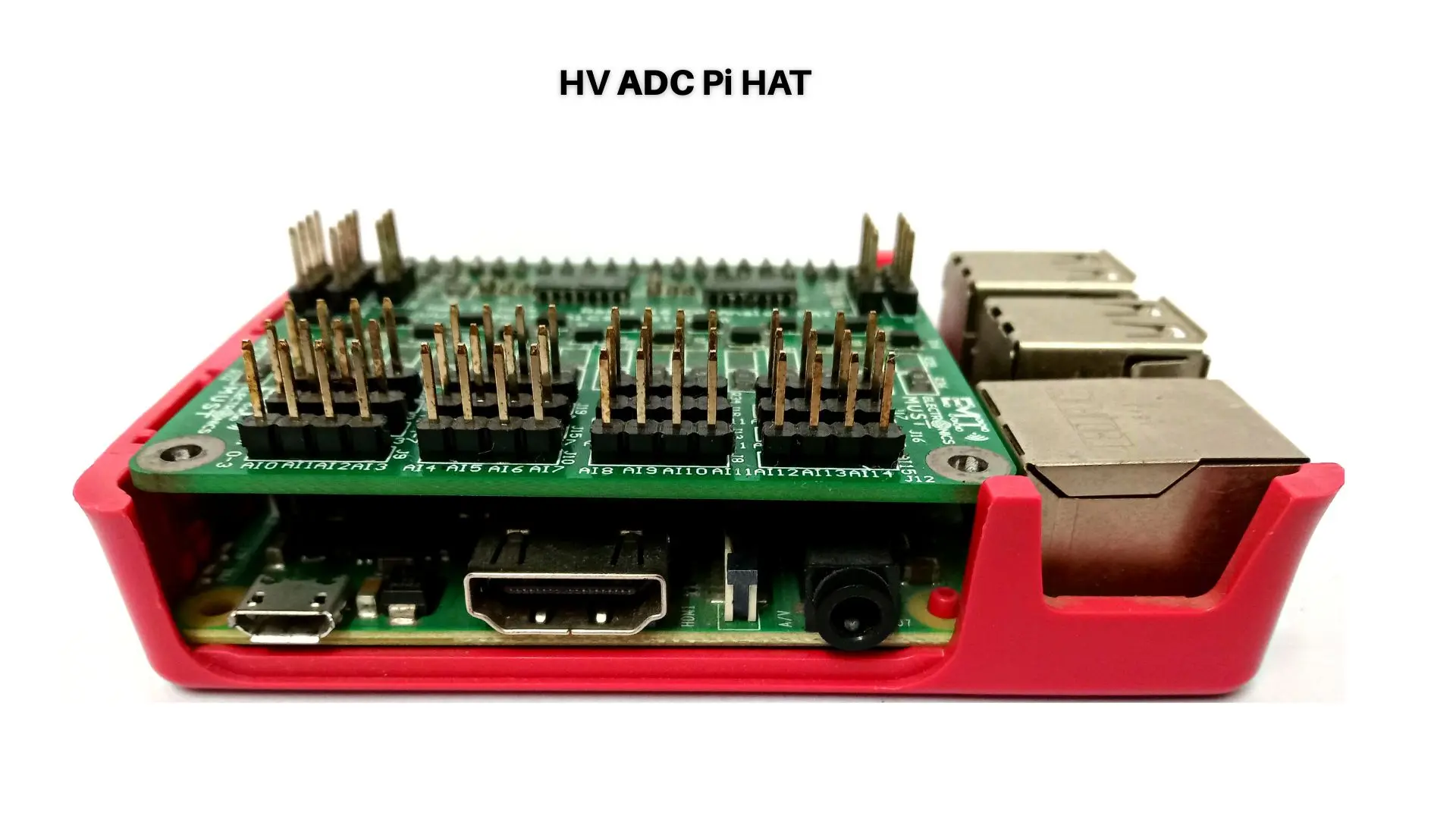PCB Design for Automotive Electronics plays a vital role in ensuring the safe and efficient operation of today’s vehicles. From engine control systems to infotainment systems, these electronics are designed to enhance the driving experience and improve the overall performance of the vehicle. One of the most critical components of automotive electronics is the printed circuit board (PCB).
PCB design for automotive electronics is a complex and challenging task that requires a deep understanding of the specific requirements and constraints of the automotive industry. To optimize performance and reliability, it is essential to consider factors such as temperature range, vibration, and electromagnetic interference (EMI) when designing automotive PCBs.
One of the key considerations in PCB design for automotive electronics is the temperature range. Automotive electronics are exposed to a wide range of temperatures, from cold to scorching hot. Therefore, it is important to use materials and components that can withstand these extreme temperatures and maintain their performance. High-temperature materials such as polyimide and ceramic are often used in automotive PCBs to ensure optimal performance and reliability in extreme temperature conditions.
Another critical consideration in automotive electronics is vibration. Automotive electronics are exposed to high levels of vibration and shock, which can cause damage to the PCB and lead to system failure. To mitigate the effects of vibration, it is important to use components that are designed to withstand high levels of shock and vibration. Additionally, careful PCB layout and design can help to reduce the effects of vibration and improve system reliability.
EMI is another important consideration in automotive electronics. Automotive electronics are exposed to a wide range of electromagnetic interference (EMI) from various sources, including radio and television transmissions, cell phones, and other electronic devices. To ensure optimal performance and reliability, it is important to use EMI shielding and filtering techniques in automotive PCBs.
In conclusion, PCB design for automotive electronics is a complex and challenging task that requires a deep understanding of the specific requirements and constraints of the automotive industry. By considering factors such as temperature range, vibration, and EMI, it is possible to optimize performance and reliability in automotive PCBs. By choosing the right materials and components and using careful PCB layout and design, it is possible to ensure that automotive electronics perform reliably and safely for the lifetime of the vehicle.
Pro Tip: PCB Desing Automotive Electronics
For optimizing performance in PCB design for automotive electronics is to pay close attention to the thermal management of the circuit board. This includes considering factors such as component placement, trace routing, and the use of thermal vias and heatsinks to ensure that the circuit board can effectively dissipate heat and prevent overheating of components. Additionally, using high-quality, automotive-grade components and materials can also help to improve the performance and reliability of the circuit board in harsh automotive environments. To learn more about our PCB design services for automotive electronics, please request a quote from us at https://pcbmust.com/request-quote






